20 amazing tortoise, terrapin and turtle facts
Here are some tortoise, terrapin and turtle facts if you're looking for something other than a furry friend
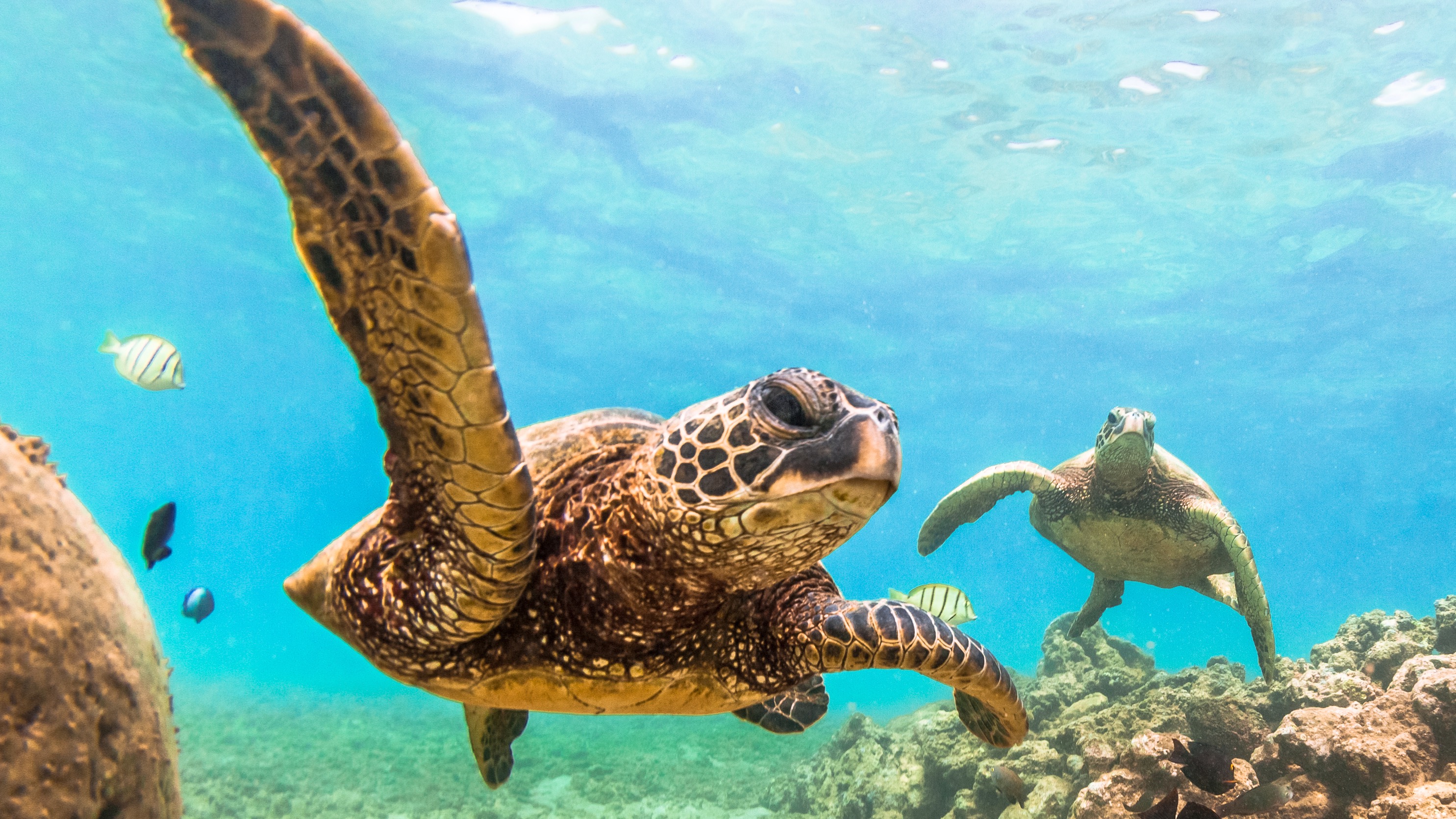
For your consideration, we've provided a bunch of tortoise, terrapin and turtle facts, in case you're considering getting a pet that isn't furry. If you're more interested in a shell-clad sensation, you should probably know more about the incredible creatures that can live for decades before you get one for your home!
You may think you know turtles, but there's no way you know these amazing turtle facts.
- Best toys for pet lizards: Stimulate and entertain your reptile friend
1. They are one big family of Chelonians
Turtles, tortoises, and terrapins all belong to the group of reptiles known as Chelonians (also known as Testudines). That means they’re technically all ‘turtles’, but we have different names for different groups. From the giant Galápagos tortoise to sea turtles like loggerheads and leatherbacks as well as freshwater turtles, there are around 300 species of Chelonians worldwide. A few of these species, with the right dedication and knowledge, make excellent pets (you probably wouldn't want to get a giant turtle, unless you've got a giant tank).
2. Only certain countries define terrapins and turtles as different creatures
In the UK, we define terrapins as freshwater critters, and turtles as the large, graceful species that live in the oceans - you'd keep a terrapin as a pet, but not a turtle. But in the US, the words 'terrapin' and 'turtle' are used interchangeably when referring to the species.
3. Turtle shells are complicated
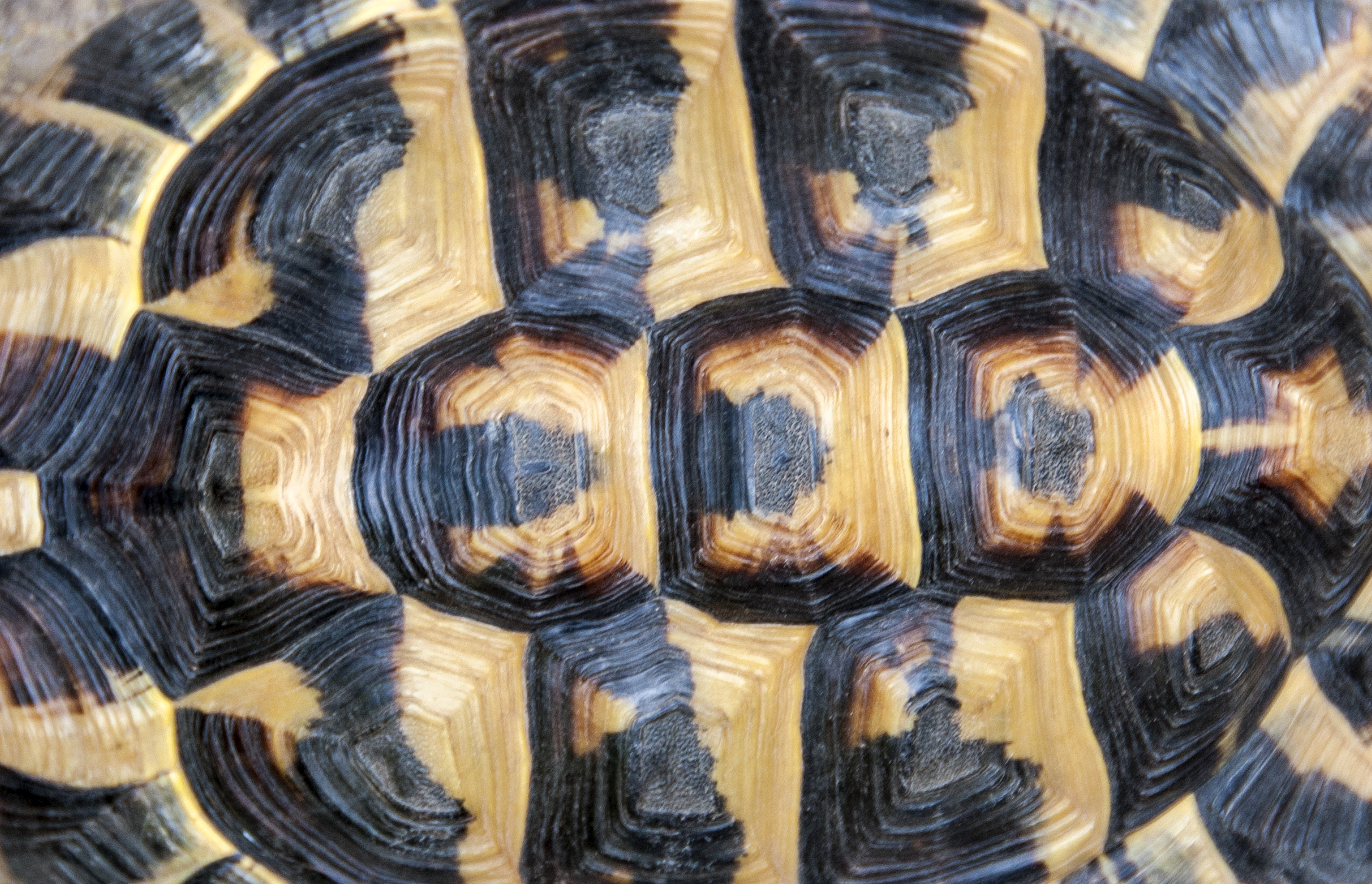
The shells of tortoises, terrapins, and turtles are fused to their spines and supported by their ribs - isn't that wild? The upper, domed part is called the ‘carapace’ and beneath that is the ‘plastron’. The outer layer is covered in ‘scutes’ – strong, bony tiles that fit together and display the species markings of the tortoise. Very old tortoises will have extremely worn scutes, which give their shells the appearance of being almost completely smooth.
4. Tortoises are land lubbers
The tortoise group of Chelonians are land-based, which is why they've adapted with strong, short legs equipped with claws and higher, more domed shells. These slow-moving critters actually can't swim, so many species of tortoise will dig burrows and holes in the earth in order to cool down.
5 . Turtles and terrapins are water dwellers
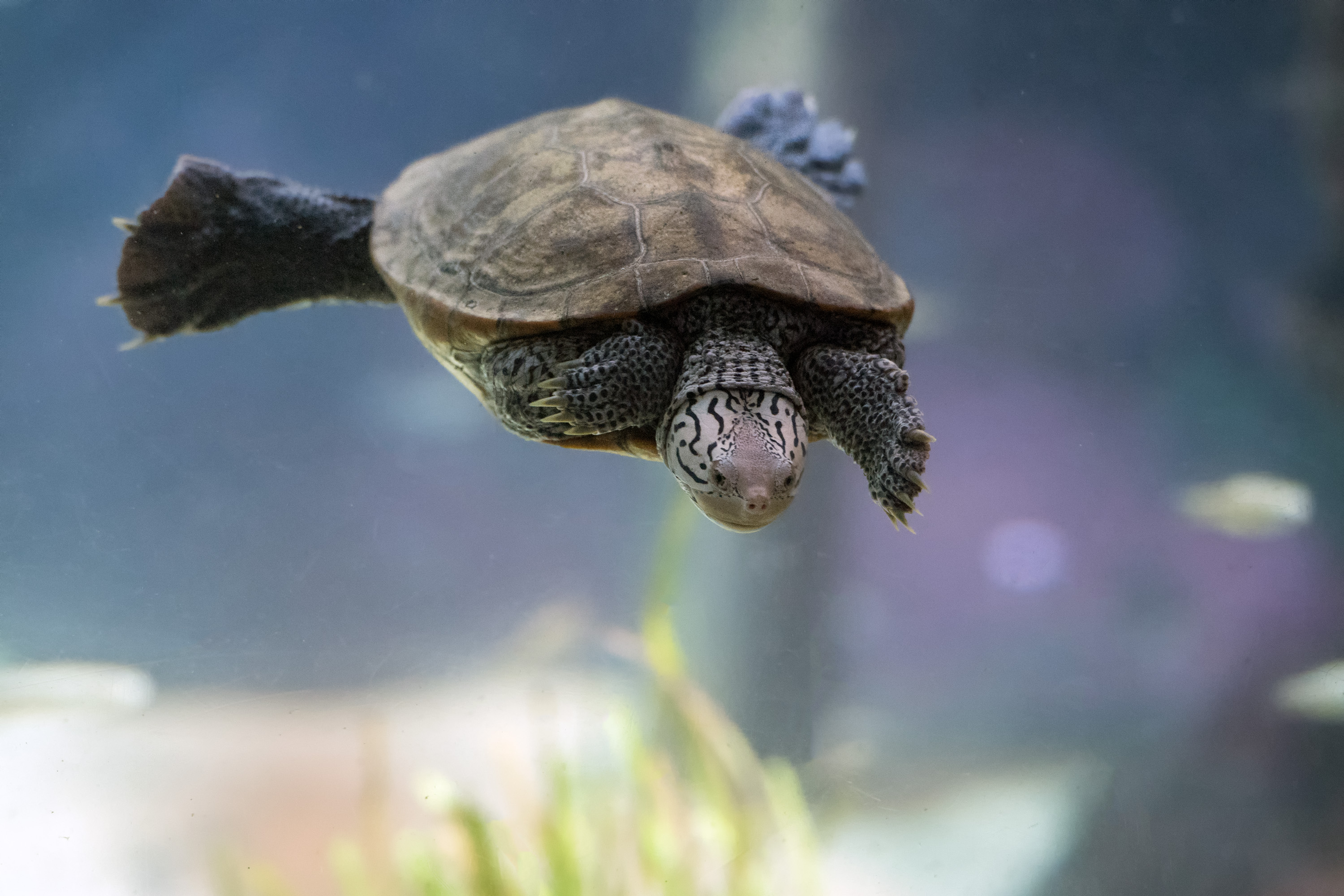
Water dwellers Turtles and terrapins are aquatic. They live in a variety of habitats throughout the world in both freshwater and saltwater. But despite needing water, most species can also live on land too (although they’re not amphibians). They’re adapted with flatter shells and webbed feet (or, in some cases, flippers) to aid swimming.
6. They all lay eggs
All tortoises, terrapins and turtles lay eggs. They dig, nest and lay on land, and don’t spend time nurturing their young, who are left to fend for themselves after they've hatched.
7. Turtles and tortoises are cold-blooded
Like all reptiles, tortoises, turtles and terrapins are ectotherms, which means that they rely on external heat to keep warm. Depending on the species and the habitat they’re used to, it may be necessary to bring your pet tortoise indoors at night, and it may also be necessary to invest in a vivarium with a lamp. Terrapins will almost always need a heat lamp to bask under, and heated water to swim in.
8. They don't have teeth
All Chelonians have a beak – a bit like bird’s – made of keratin, the same stuff that makes our fingernails. Some species have an exposed beak, and in others it’s covered with skin.
9. You can tell a tortoise's gender by its tail
Tortoises don’t show any sexual dimorphism, but one way to tell if your tortoise is a girl or a boy is to look at the tail. Males generally have a longer tail than females.
10. Tortoises can be kept indoors or outdoors
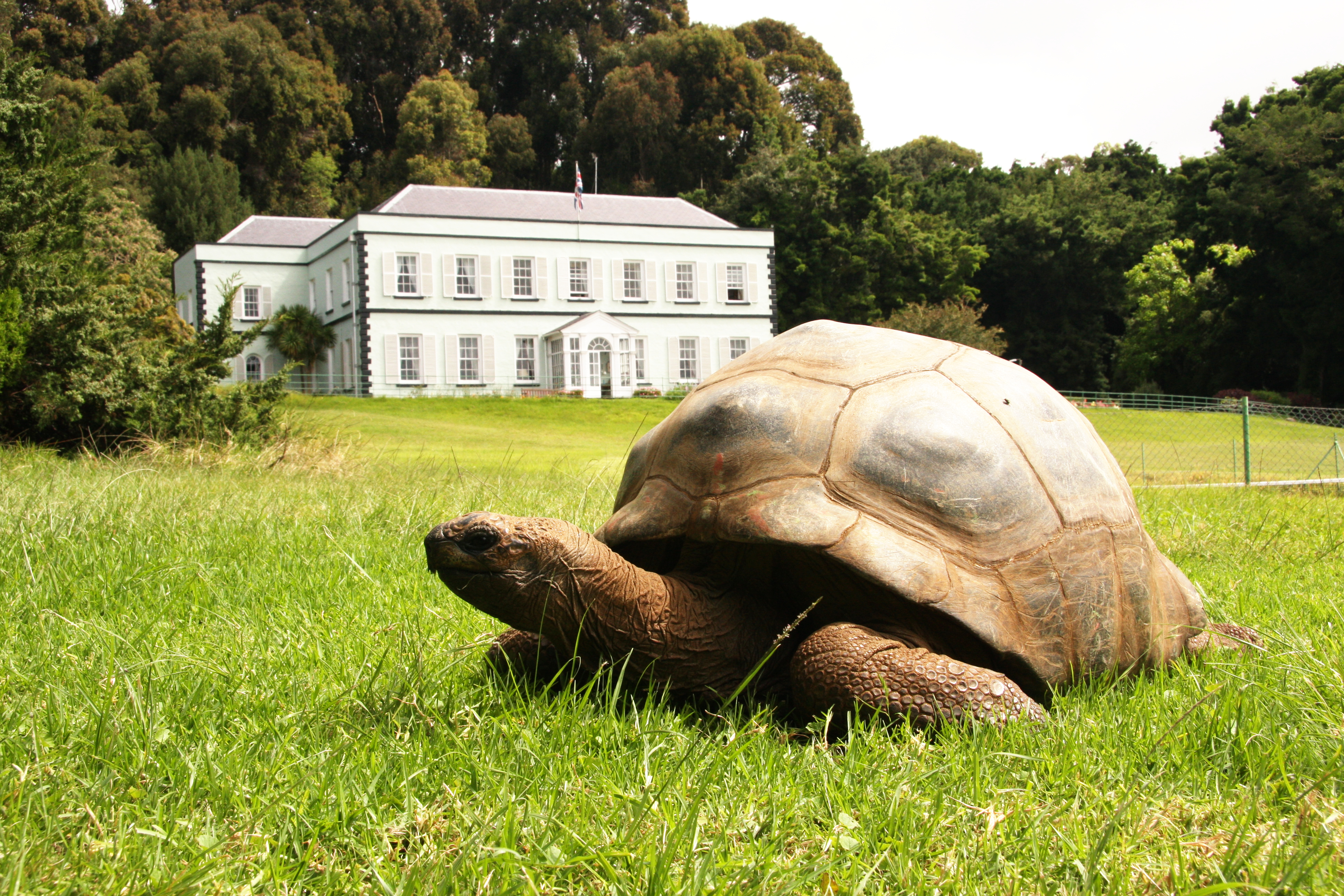
With so many varying species, tortoises can be kept indoors or outdoors depending on their needs. While it’s amazing to have a free-range tortoise in the garden during summer, they will also need a secure pen. Some tortoises burrow, so fences need to be dug down, and some are surprisingly good climbers so it’s recommended to have a secure roof too. A vivarium for indoor tortoises is a good idea, as it helps to regulate temperature easily.
11. Terrapins/turtles need specialised habitats
Terrapins need specialised habitats with warm water, a place to bask on land, a heat lamp and a UV lamp to help them synthesise vitamin D3 for healthy bones and shells. They are grubby critters and require a very regular cleaning regime to prevent bacterial growth and disease. Research how large your terrapins will grow in adulthood, and make sure you can accommodate this, and ensure that you know whether your terrapins are social or not before purchasing more than one!
12. Not all species of turtle hibernate
Not all species hibernate (or take 'the big snooze'), but the ones that do need special care. Ensure the tortoise has fasted first to fully empty its stomach, and then put it in a secure, vented box. Line this with dry garden compost or fine soil to prevent dehydration, and store between 3-7°C (37-45°F) over winter
13. Tortoises are pets for life
It’s important to remember that tortoises are exceptionally long-lived, sometimes reaching over 100 years old. Perhaps consider re-homing a tortoise from a shelter that may have outlived its last owner.
14. Don't cuddle your turtle
Tortoises and terrapins are great pets, but they’re not cuddly! Some tortoises may enjoy some owner interaction, especially at feeding time, but terrapins can sometimes be aggressive and should not be handled.
15. There are specific names for groups of turtles
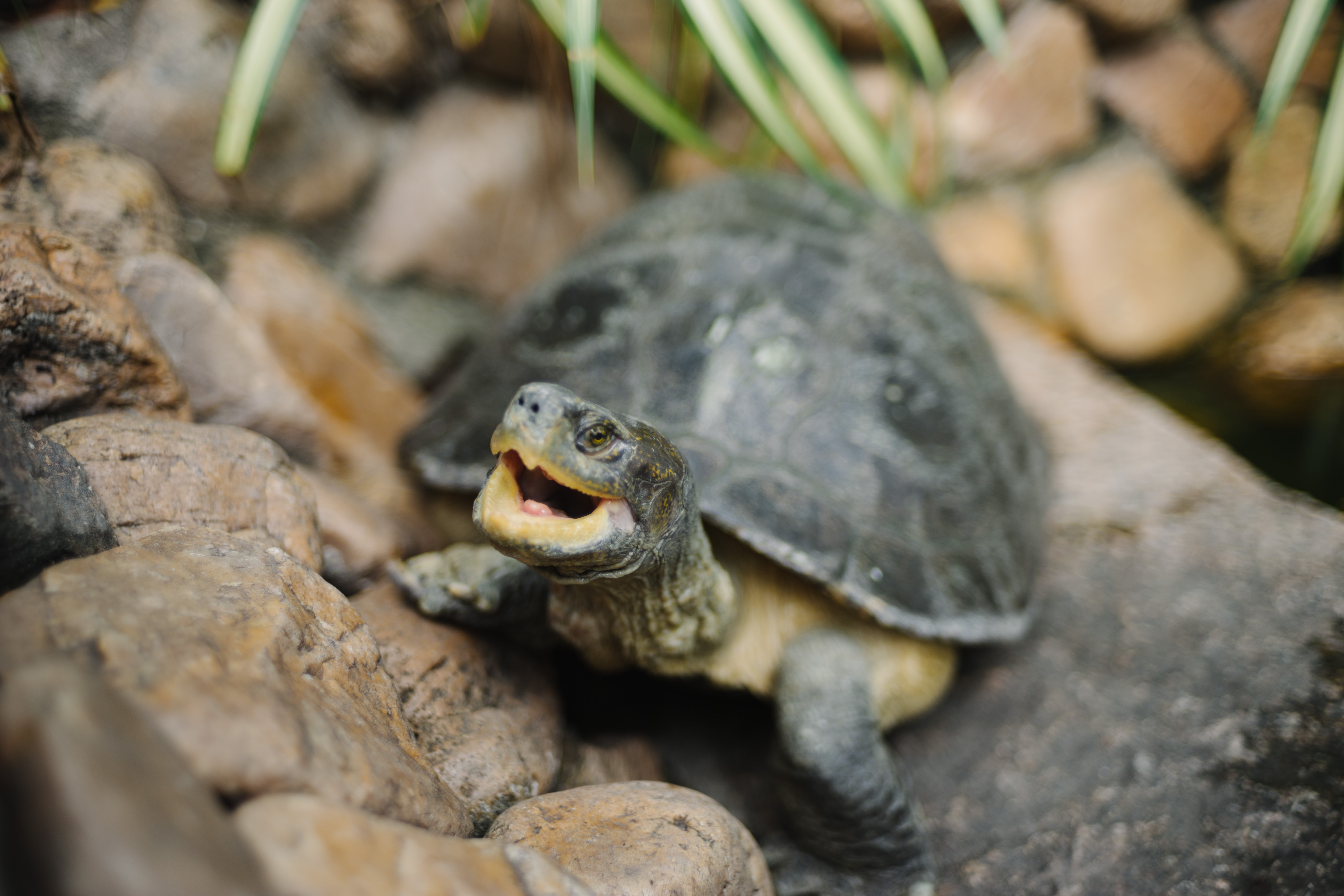
Although they’re not particularly social animals, a group of turtles is known as a ‘bale’, and a group of tortoises is known as a ‘creep’.
16. You'll need different food for different species
Most adult terrapins are omnivorous and enjoy a variety of meat, insects and veggies. Adult tortoises are herbivores and will graze on delicious leafy greens.
17. They aren't entirely quiet pets
Tortoises and terrapins aren’t quiet pets! Some may bark and other species are known to make sounds like growls and hisses. Mating tortoises can be very noisy – amazingly, these sounds were used as the vocalisations of the velociraptors in the original Jurassic Park!
18. Picking the right turtle or tortoise species for you is important
It’s best to get captive-bred species where possible, and consider the size, care and individual needs. Bear in mind that as exotic pets, some species will require a permit to be kept in the UK.
19. They may outgrow their enclosures
Depending on the species, tortoises and terrapins may out-grow their enclosures. For example, the African spurred tortoise is a popular choice of pet, and can reach a metre (3.3 feet) in length! You're gonna need a bigger tank...
20. They can get really old
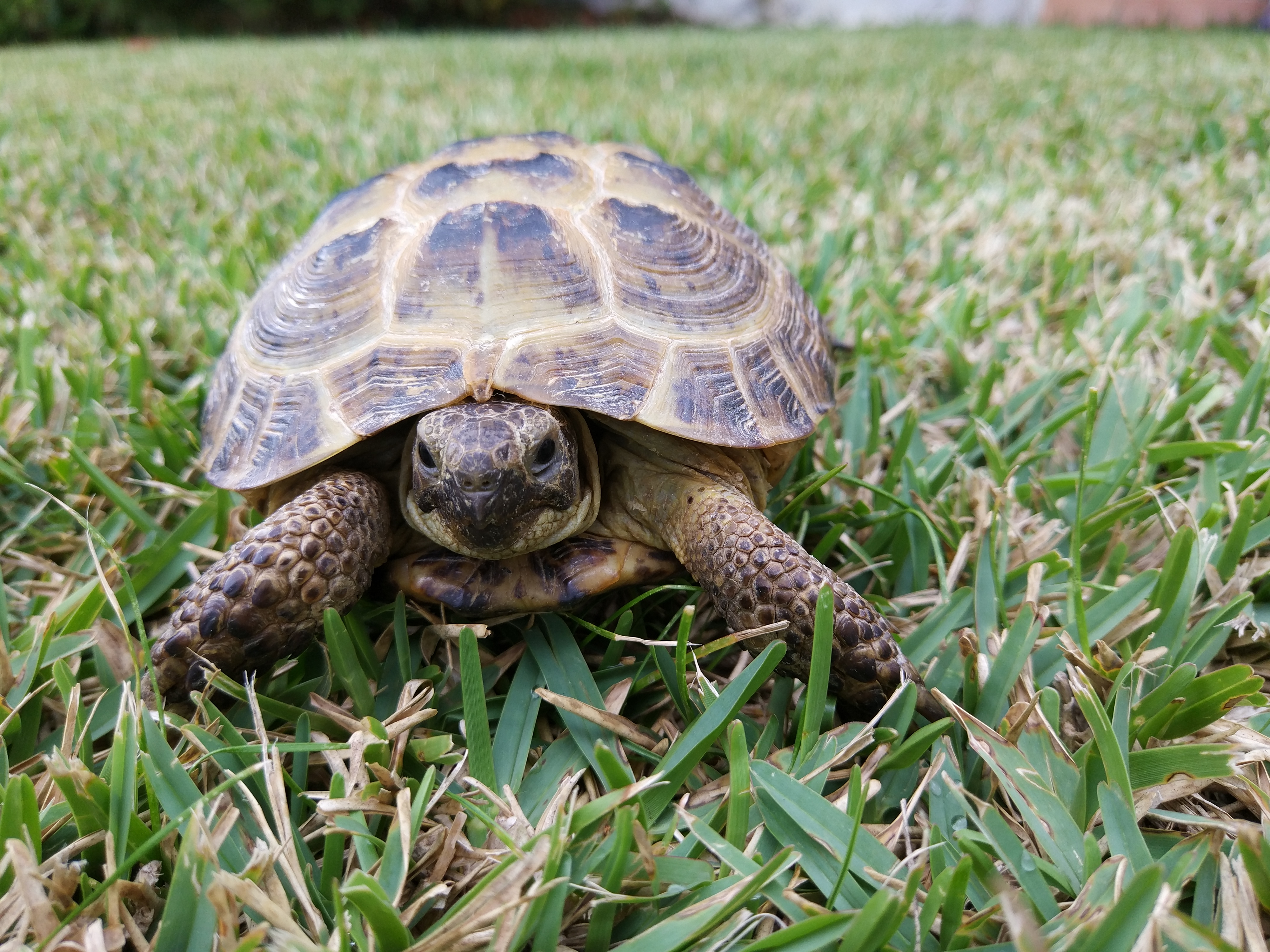
The world’s oldest tortoise is Jonathan – a Seychelles giant tortoise who lives on the island of Saint Helena. It’s thought that he hatched in 1832, making him 187 years old! If he were a pet, he'd be passed down generation to generation!
PetsRadar Newsletter
Get the best advice, tips and top tech for your beloved Pets
Dave has over 20 years experience in publishing during which he launched many successful magazine titles including How It Works, All About Space and All About History. He’s also pet parent to a retired police dog called Rebel, who can’t work anymore due to a health condition. When’s not busy trying to amuse a boisterous, three-year-old German Shepherd, Dave's the Editor on PetsRadar.

